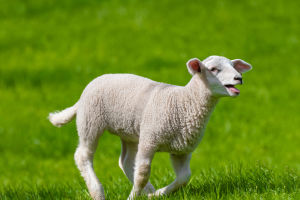In the popular imagination, cats are often depicted lounging in a cozy, warm atmosphere, seemingly impervious to the chill outside.
Many believe that their thick fur provides ample insulation against the cold. However, the reality is quite different.
Most cats are not accustomed to cold environments and can feel uncomfortable or vulnerable in such conditions. This article aims to debunk the myth that cats are immune to the cold and offers guidance on adequately attending to their warmth needs.
The Anatomy of a Cat
First and foremost, let’s delve into the anatomy of our feline companions. Despite their luxurious fur coats, cats are not equipped to endure all levels of cold. Unlike humans, cats possess relatively limited thermoregulatory capabilities.
While their body temperature typically ranges between 38°C and 39°C, slightly higher than that of humans, it does not mean they can effortlessly endure frigid temperatures.
Understanding Cats’ Warmth Requirements
Cats have unique warmth requirements, especially during colder seasons. While their fur provides some insulation, it falls short of offering sufficient protection against extreme cold. When temperatures plummet, cats may experience discomfort or even fall ill.
Deciphering Cat Behavior in Cold Weather
Observing a cat’s behavior can shed light on its response to cold weather. When faced with chilly environments, many cats instinctively seek warmth, gravitating towards cozy spots near heaters or basking in sunny patches of sunlight.
They may curl into a tight ball, minimizing their body surface area to conserve heat. Some cats may even stay indoors more frequently during winter, avoiding the bitter cold altogether.
Strategies for Keeping Your Cat Warm
To address their warmth needs, cat owners can implement several strategies:
1. Provide a Cozy Sleeping Area: Furnish your cat with a snug, warm sleeping space. Soft cushions or blankets can be added to enhance comfort and warmth.
2. Maintain Indoor Temperature: Strive to maintain a stable indoor temperature, supplementing with heaters or heating pads to create a comfortable environment, particularly during winter.
3. Invest in Warm Clothing: In exceedingly cold climates, consider outfitting your cat in specially designed pet clothing to bolster their warmth.
4. Prioritize Nutrition: Ensuring your cat receives adequate Nutrition is paramount for maintaining a healthy body, fortifying their ability to withstand cold weather.
In Conclusion
Contrary to popular belief, cats are not impervious to cold weather. Most cats are ill-suited to endure chilly conditions, necessitating careful attention from their owners to ensure adequate warmth.
By understanding their unique warmth requirements and implementing appropriate measures, we can ensure our feline companions enjoy a comfortable, cozy life even during the coldest months of the year.


